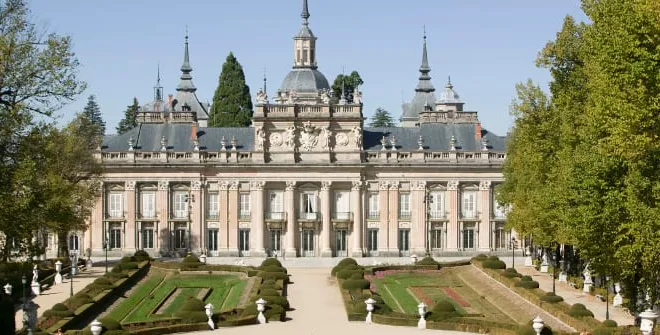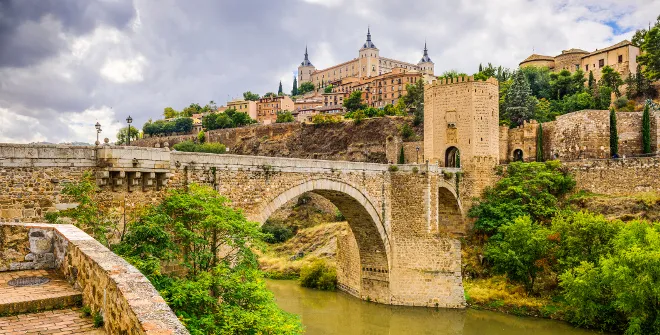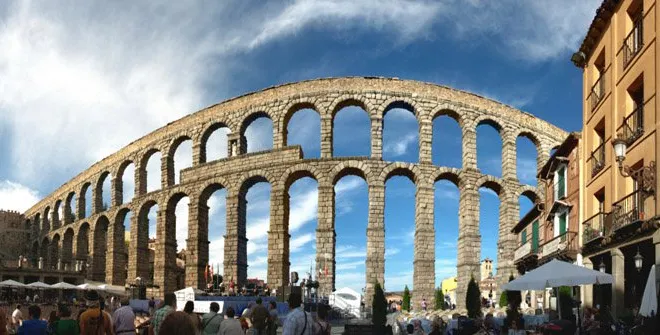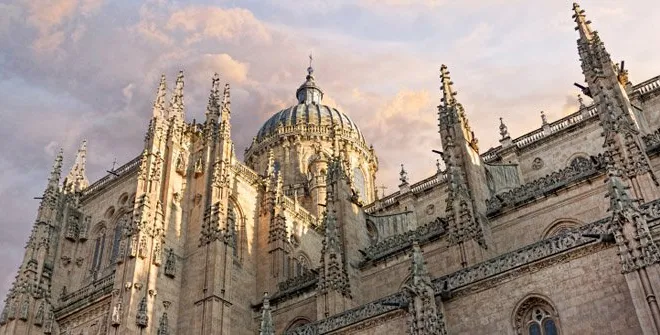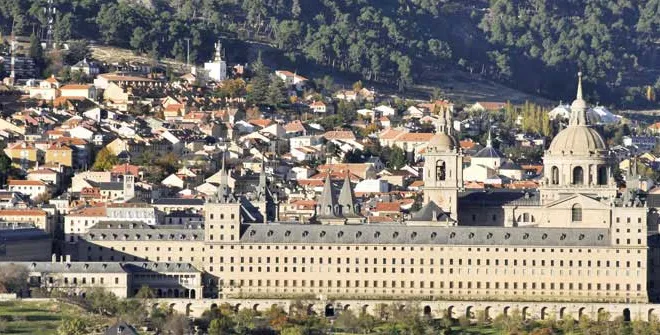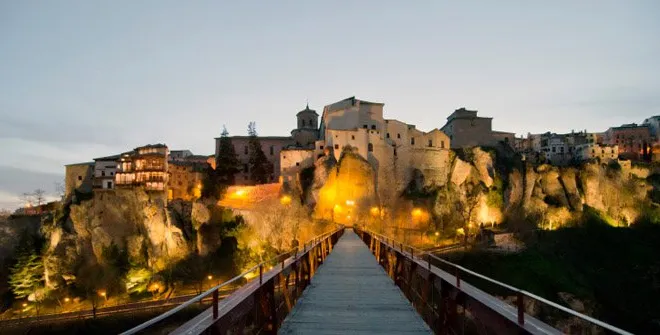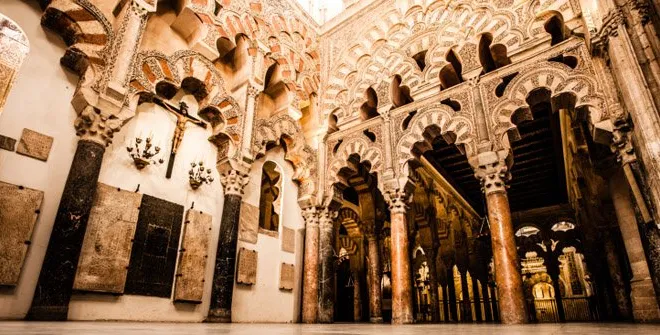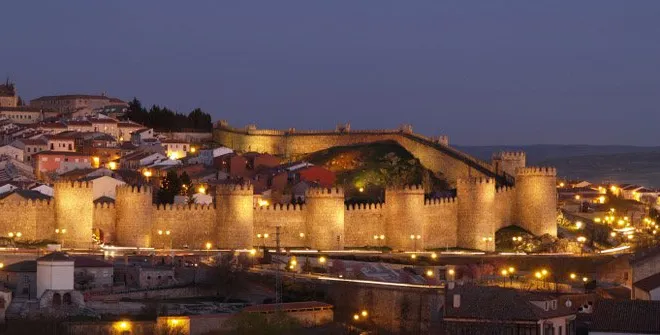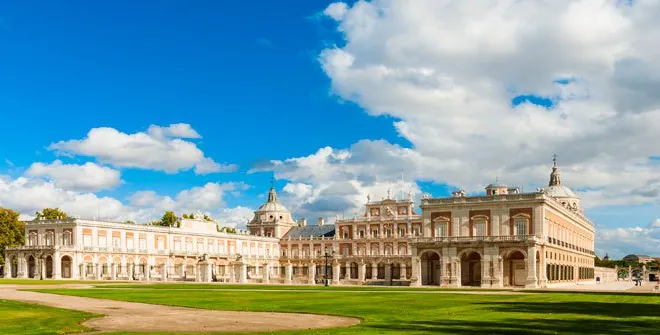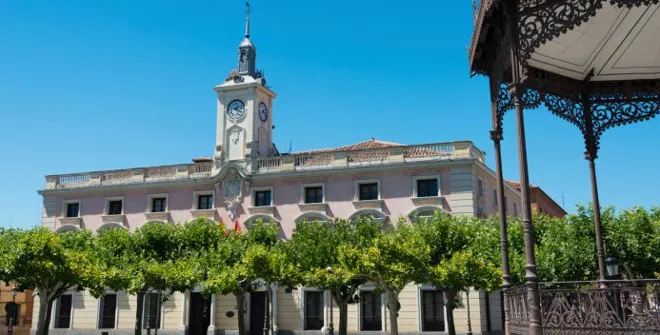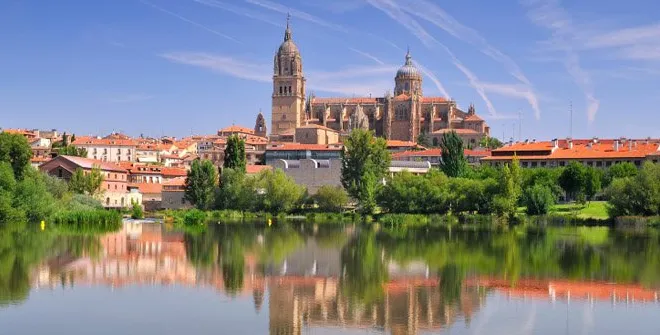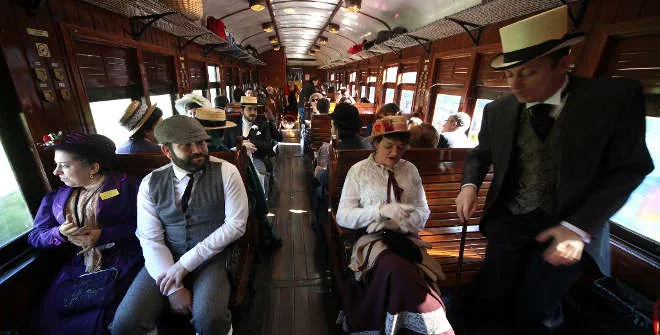La Granja de San Ildefonso
La Granja de San Ildefonso is, first and foremost, a Royal Site. The small town of San Ildefonso, designated as a monumental historical site, is a token of the glory of the Spanish Monarchy in the eighteenth century. The Royal Palace, the Glass Factory and the fabulous, Versailles-like gardens are icons of such splendour.
Lying some 80km from Madrid and only 10km from Segovia, San Ildefonso boasts a stunning natural setting and a rich cultural heritage. A farm run by the Order of Saint Jerome, it was purchased as a summer residence by King Philip V, the first member of the French House of Bourbon to rule as king of Spain, after he abdicated. When Philip reassumed the throne upon his son’s death, the palace was enlarged to house the court. Designed by renowned architects Teodoro Ardemans, Andrea Procaccini and Filippo Juvarra, it is a typically lavish baroque palace. Attached to it is the Real Colegiata de la Santísima Trinidad, the royal chapel.
The Royal Palace of La Granja de San Ildefonso is reminiscent of Versailles not only because of its sumptuous halls but also due to its magnificent fountains, sculptures and gardens, which were designed by René Carlier, a disciple of Louis XIV’s architect. Across its 146 hectares of forests and landscaped gardens, visitors will find 26 monumental fountains, a French-style maze and a large pond known as ‘The Sea’, which supplies water to the fountains.
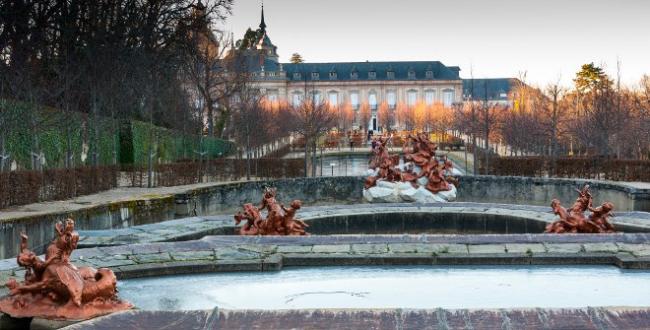
The fountains are operating from April to mid-October, although they are all operational only for three days a year in May, July and August. Furthermore, in July and August, the fountain of the Diana Baths is usually open on some Saturday nights.
The Royal Glass Factory at La Granja was rebuilt by King Charles III in 1770, after its predecessor burnt down. Visitors to this centre are invited to learn about the glassmaking techniques of the past two centuries, glass blowing and moulding processes and the special tools and machinery employed. You will even have the chance to see glassmakers at work, using the same techniques that were applied during the industry’s golden age, and to enjoy either a dramatized or a regular guided tour of the premises. It is worth highlighting that the Royal Factory has an online shop to purchase some of its products. Other noteworthy sites in La Granja are the Chapel of San Juan Nepomuceno and the House of Infantes.
And no visit to La Granja would be complete without a stopover at a local restaurant to sample their signature dish: judiones (large white beans cooked in a meat stew). Which can be sampled in the traditional style at Restaurante Casa Zaca. It is a typical dish which is served for the whole town during its festivities on 25 August.
It must be pointed out that La Granja de San Ildefonso hosts the Magical Nights at La Granja festival in July, August and September. It includes classical music, pop-rock, jazz, flamenco, magic and circus performances, along with a great deal of humour.
Alfonso XII Gate
Entrance to the La Granja Royal Site via the Alfonso XII Gate is constantly open to the public every day. Also known as the Calvario or the Calandria, it was closed for 146 years, and is a historic demand that began in the last third of the 19th century.
How to get there:
By car: 1 hour 15 mins drive along A-6 highway and AP-61 motorway.
By bus: 1 hour 15 mins ride from Intercambiador de Moncloa transport hub to Segovia. From Segovia, buses leave for La Granja de San Ildefonso every 45min and take around 20 minutes. More info
By train: 25min ride on high-speed rail (AVE) or 2.5hour ride on a regional train to Segovia-Guiomar station. From there, take bus 12 to the main bus station to catch the bus to La Granja.
